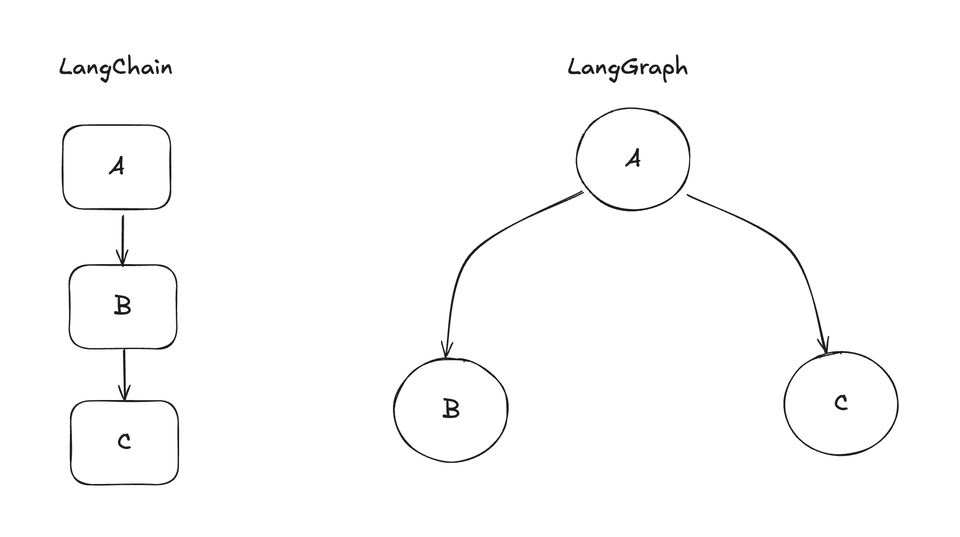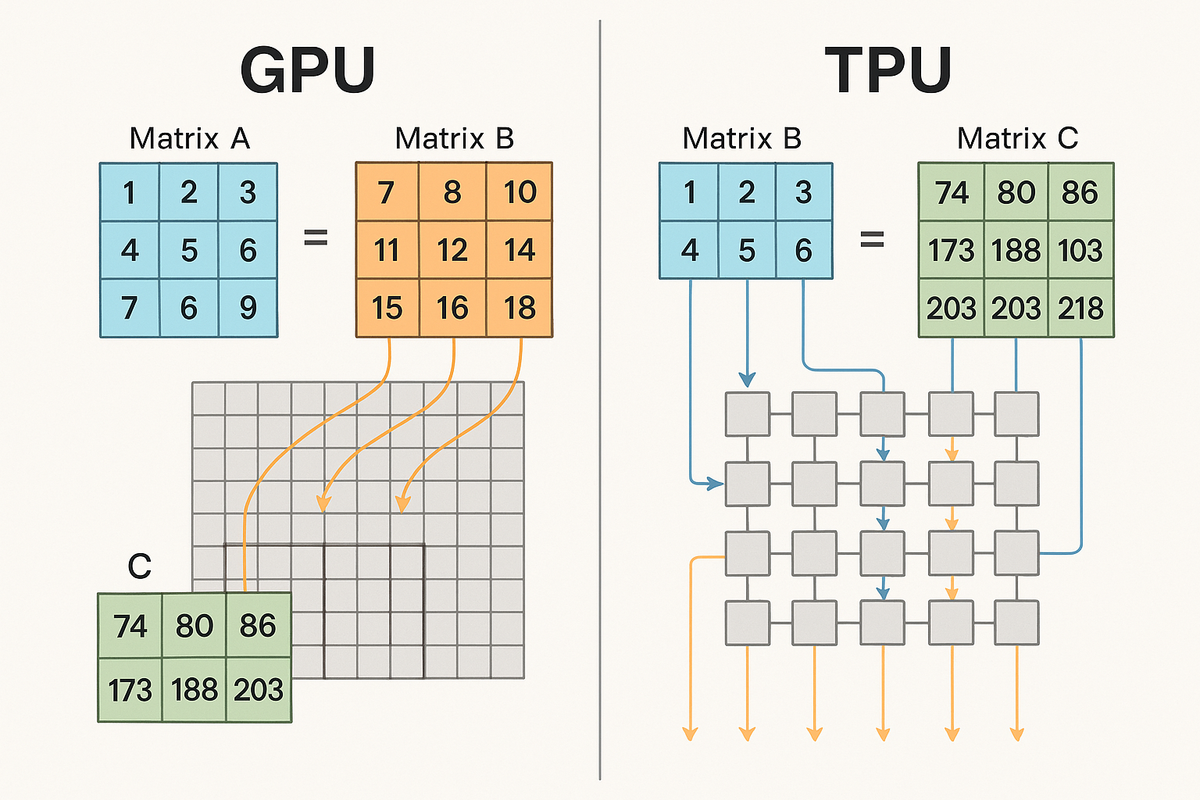LangChain vs. LangGraph: Orchestrating the Future of LLM Applications

The rapid proliferation of Large Language Models (LLMs) has catalyzed a demand for robust frameworks capable of harnessing their power to build sophisticated applications. In this dynamic environment, LangChain emerged as a pioneering solution, designed to streamline the development of LLM-powered systems by offering a suite of modular components and abstractions.Its introduction significantly lowered the barrier to entry, enabling developers to more easily connect LLMs to external data sources, manage interactions, and construct multi-step workflows.LangChain's initial success laid the groundwork for a new generation of AI-driven applications.
However, as developers pushed the boundaries of what LLMs could achieve, particularly in the realm of autonomous agents requiring iterative reasoning, complex state management, and the ability to execute cyclical workflows, the limitations of purely sequential or Directed Acyclic Graph (DAG)-based orchestration became increasingly apparent.The need for more fine-grained control over agent behavior and the ability to model more intricate, dynamic interactions spurred further innovation. Responding to this evolving landscape, LangChain Inc. introduced LangGraph, an extension of the LangChain ecosystem.LangGraph is specifically engineered to address these advanced requirements, providing a graph-based paradigm for constructing stateful, multi-actor applications where agents can loop, make conditional decisions, and collaborate in sophisticated ways.
This evolution from LangChain's foundational toolkit to LangGraph's specialized capabilities for complex agentic systems is indicative of a broader maturation cycle often observed in technology. Initial general-purpose tools empower a wide user base and uncover new possibilities, which, in turn, reveal the need for more specialized instruments to tackle emergent, advanced challenges. LangChain provided the essential building blocks for LLM application development.As developers began constructing more intricate agentic systems, the inherent structure of LangChain, particularly its LangChain Expression Language (LCEL) which primarily facilitates DAGs, presented hurdles for implementing true cyclical reasoning and robust, shared state management. LangGraph was conceived to directly overcome these obstacles by offering native support for cycles and sophisticated state persistence, features that are hallmarks of advanced agentic behavior.This progression demonstrates a direct response to the practical challenges encountered by developers working at the cutting edge of LLM applications.
The purpose of this post is to offer a comprehensive comparison of LangChain and LangGraph. It aims to demystify their core differences, articulate their respective strengths and weaknesses, and illustrate their ideal use cases. By understanding these two frameworks, developers can make more informed decisions about which tool, or combination of tools, is best suited to bring their LLM-powered visions to life. The co-existence and designed interoperability of LangChain and LangGraph reflect a strategic, layered approach by LangChain Inc. This strategy aims to cater to the full spectrum of LLM application development, from rapid prototyping of simpler applications to the construction of highly complex, production-grade agentic systems. Developers can thus select their entry point based on immediate project requirements, secure in the knowledge that a clear pathway exists to scale complexity by leveraging LangGraph's capabilities while building upon their existing LangChain knowledge and components.
LangChain
The Foundational Toolkit for LLM-Powered Applications
LangChain's core mission is to simplify every stage of the LLM application lifecycle, encompassing development, productionization, and deployment.It achieves this by providing a collection of modular abstractions for the essential components required to interact with language models. These components are intentionally designed for ease of use, whether integrated within the broader LangChain framework or utilized independently. At its heart, LangChain furnishes a straightforward interface, streamlining the connection of LLMs with an application's logic and external data or computational resources.The framework's architecture is layered, consisting of langchain-core which provides base abstractions, specific integration packages (like langchain-openai or langchain-anthropic), the main langchain library containing implementations for chains, agents, and retrieval strategies, and langchain-community for third-party integrations.
Deep Dive into Key LangChain Components
LangChain's power stems from its well-defined components, which serve as the building blocks for LLM applications:

Dive into the differences between GPUs & TPUs

